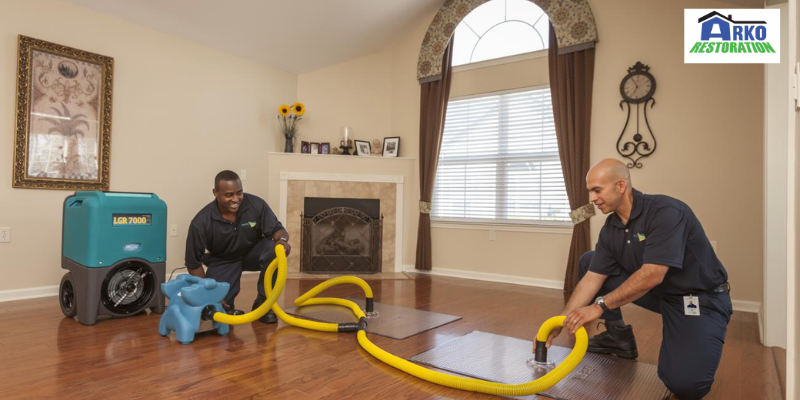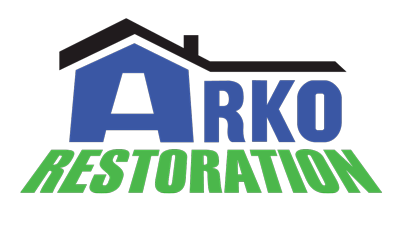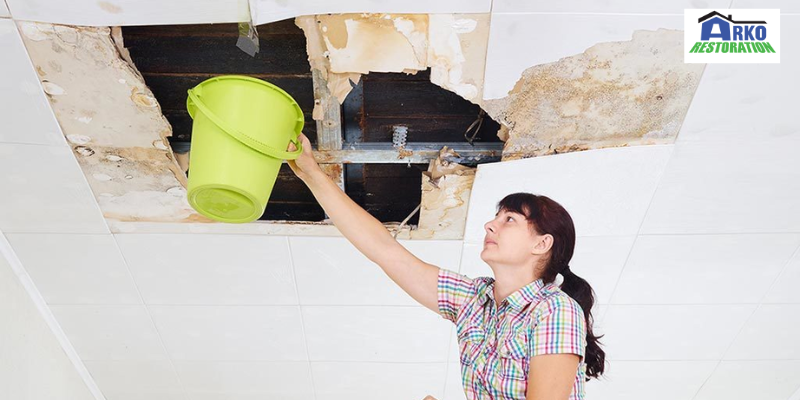No matter how confident you are that specific water leaks won’t affect your property, you can never be sure if you are right or not. Even though you have made significant investments in your plumbing system and pipes, you may still have to cope with some water damage.
You should be concerned about floods, as well as other catastrophes and accidents aside from plumbing system flaws. It’s essential to start the water damage repair or restoration procedure as soon as water enters a building and causes damage!
4 Stages of water damage restoration

What are the many aspects that affect water damage restoration? There’s a four-stage process to restore water damage…
Stage 1

The first step in repairing water damage is to remove any standing water. Restorers should act quickly to get rid of as much standing water as they can following a flood. This will facilitate a successful and effective water damage restoration approach in the future.
There are several ways to get rid of standing water. You can use buckets or mops or fabric towels to remove the water. Apart from this, you can choose to use industrial fans and dehumidifiers to get rid of water. Sometimes opening windows to let the air circulate can be helpful as it will evaporate the excess water from the property.
Whatever method is used, removing standing water as soon as feasible will make the restoration procedure for water damage simpler.
Stage 2
Restorers must take action to remove any goods that were harmed by the water once all standing water has been eliminated.
It is essential to remove some materials that cause health issues to people, such as drywall or insulation that has been experiencing stagnant water for more than 2 days.
After a water disaster, a home’s contents might be disposed of in several ways. It’s crucial to select a restoration business that is capable of handling the removal of possibly dangerous substances.
Stage 3
In addition to ozone generators, restorers frequently utilize dehumidifiers and disinfectants as part of their operation. They dry and clean (sanitize) the place!
Stage 4
Rebuilding is the process of repairing a building that has suffered water damage from a flood, thunderstorm, pipe burst, electrocution hazard, sewage backup or other sources.
For life to get back to normal following water damage, it is ideal to rebuild as soon as feasible. However, there are several considerations when reconstructing after water damage.
Depending on the damage and how rapidly your repair is, a rebuild might take anywhere from four months to a year.
When reconstruction is planned for in advance, the homeowners must act proactively. They can get temporary accommodation until the rebuilding process is complete.
The water damage restoration process: what to expect
It’s essential to act proactively and initiate the water damage restoration process. Delay in your actions can increase the damage. Water damage can happen due to a burst pipe, leaky water heater or flood damage.
A four-step process called water damage repair begins with an assessment and finishes with returning your house to its prior condition.
Every stage of the procedure has a crucial function in making sure that all water and impurities are correctly recognized and eliminated.
No matter what the source of the damage is, repairing it normally includes inspection and evaluation, water removal, drying and cleaning, dehumidification and sanitizing and, finally, restoration and water damage repair.
Summary:
Research local water damage restoration companies and pick one based on reputation, customer feedback and price. If you’re in Blaine, MN, call Arko Restoration at 763-434-2756. Arko can clean up your water damage mess!


